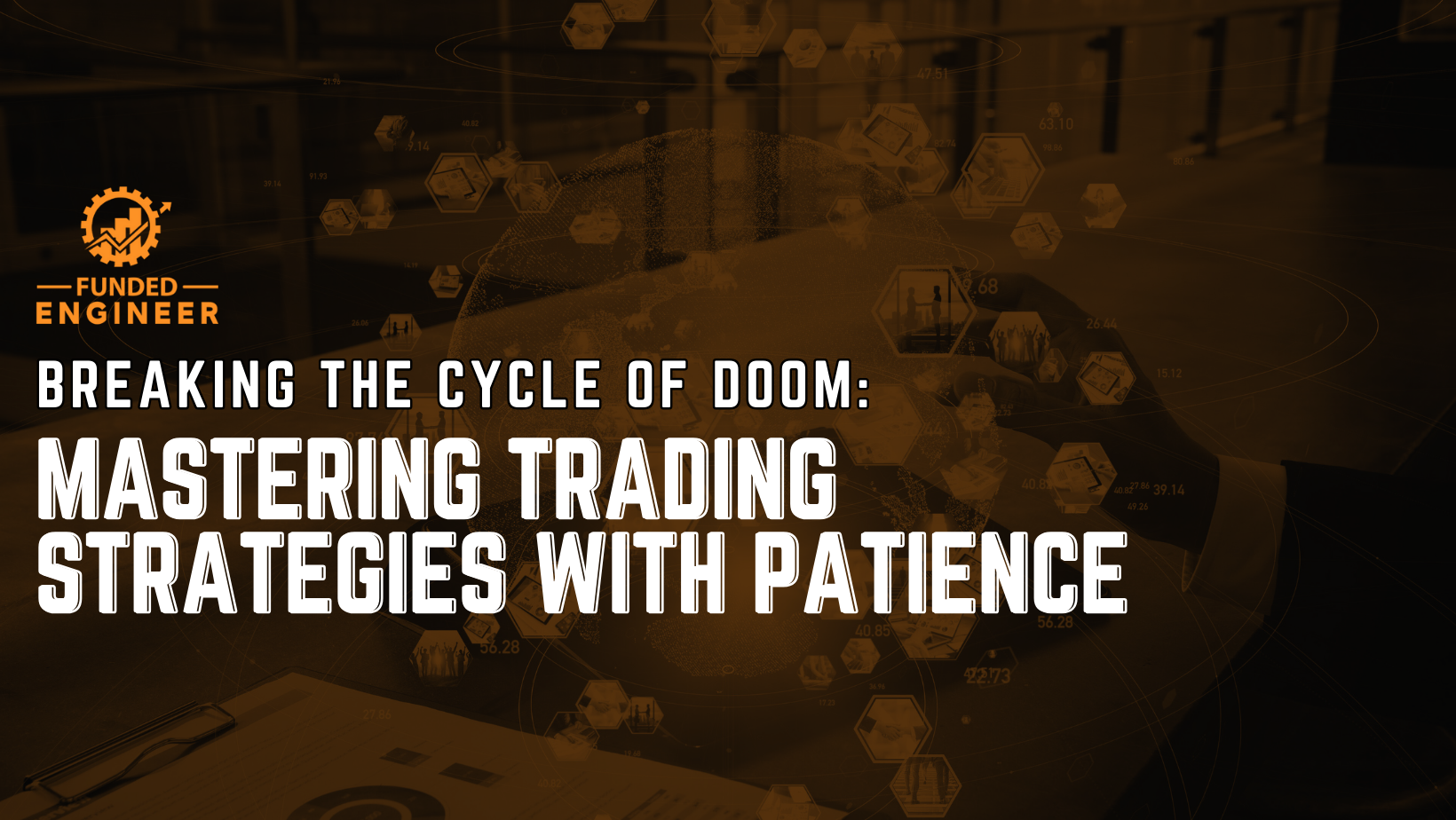In the fast world of financial markets, impatience can cost traders a lot. To become a master at trading, you need to grasp how significantly impatience impacts your success. Many traders feel its impact, but not many can measure it accurately.
Impatience in trading is like a sneaky problem that messes up smart decision-making. Desiring quick results can disrupt well-thought-out plans and strategies. In a fast-paced world, impatience can cloud judgment and cause traders to make hasty and emotional decisions.
The real cost of impatience goes beyond just losing money; it messes with a trader’s calmness and focus. The unseen force of impatience can undermine discipline, leading traders to abandon carefully crafted plans for hasty moves.
Think about a situation where impatience takes over. A trader, eager for fast gains, might jump into trades too soon, skipping the needed planning and careful research. These impulsive actions often lead to losses, not just in money but also in confidence and trust in their strategies.
Understanding how bad impatience is in trading is crucial for a trader’s journey to success. Knowing patience is not just good, but also smart. It helps traders handle market changes calmly, make wise choices, and trade thoughtfully instead of impulsively.
This look into how impatience affects trading aims to show its hidden costs and share ways to be patient for a successful trading mindset. Join us as we delve into impatience in trading and discover how mastering this can enhance your trading journey.
Calculate the True Cost of Impatience
Begin by reviewing the financial impact of impatience in your most recent 30 trades. Examine each decision influenced by impatience, taking note of both gains and losses. Understanding that not every trait that seems negative always leads to losses is crucial.
Next, think about the opportunity cost associated with impatience. Impatience causes losses affecting your betting size and mental well-being, slowing overall progress.
To understand better, discover how much money impatience is costing you by looking at your last 30 trades. This step provides a practical starting point for addressing and mitigating the impact of impatience on your trading journey.
You can achieve long-term success in trading by carefully considering the financial impact and missed opportunities of impatience. Making smart changes to your trading strategy is key. This requires adopting a patient and strategic mindset.
The Curious Case of Impatience
Contrary to what many believe, impatience doesn’t always lead to financial losses. Imagine a situation where impatience prompted early entries into five trades.
Three trades incurred losses, but the other two generated substantial profits, resulting in a positive overall outcome. This challenges the common idea that impatience is consistently harmful.
Understanding the concept of recency bias is crucial. Traders often succumb to it, letting recent losses overshadow earlier successes. To avoid this trap, analyze your performance objectively. Don’t deceive yourself by concentrating only on recent setbacks.
Traders can make more balanced and realistic decisions by understanding that impatience does not always result in financial loss. Additionally, being aware of recency bias is also beneficial.
Understanding recency bias:
Recency bias is when people give more importance to recent events or information than they should. It means that something that happened recently can have a bigger impact on our decisions and thoughts than things that happened in the past.
In trading, it’s like focusing too much on the most recent losses and forgetting about the earlier successful trades. It can cloud our judgment and make us overlook the bigger picture.
To avoid bias, it’s crucial to objectively evaluate overall performance, considering both recent and experience.
This ensures that we make decisions with a fair and balanced understanding of the situation.
This knowledge helps people understand how impatience impacts trading outcomes. It also encourages them to adopt a strategic and patient approach for long-term success.
Solving the Impatience Puzzle
To conquer impatience, it’s not just about acknowledging its presence; it’s crucial to delve into what causes it. Simply trying to force patience without tackling the core issue provides only a temporary solution.
Defining your edge becomes pivotal in effectively combating impatience. The feeling of impatience often arises from a lack of clarity regarding what truly makes a great trading opportunity. Understanding your strategy becomes the cornerstone of overcoming impatience. Knowing precisely what works for you in the market, aligning with your strengths and trading style, is essential.
Furthermore, reflecting on past impulsive decisions can shed light on triggers causing impatience. By finding these triggers, you can work towards a better and smarter approach, leading to more successful trading experiences.
To be patient in trading, you need to know your advantage and have a plan. This will help you feel confident and calm when dealing with the markets.
Urgency vs. Patience
Some traders experience impatience because of an urgent need to make money. Lowering time frames or increasing risk isn’t the solution.
Even shorter-term traders require patience, perhaps even more so, as active monitoring demands constant attention.
Patience yields profit.
In the waiting, successful traders understand they make money, not in the act of trading. Patience is a fundamental aspect of trading competence.
Define Your Trading Edge
Impatience can stem from a lack of clarity about what constitutes an excellent trading opportunity.
Define your edge by clearly knowing what to look for, where to find it, and when it’s likely to occur.
Understanding your strategy is crucial for effectively combating impatience.
Steps to Progress
– Calculate the Cost: Quantify the impact of impatience on your trades.
– Find the Cause: Identify why impatience is a challenge for you.
– Brainstorm Solutions: Consider various strategies to address impatience.
– Choose an Effective Solution: Select the approach most likely to work for you.
– Make a Plan and Implement: Execute your chosen solution with a well-thought-out plan.
– Assess Impact: Regularly evaluate the impact of your efforts and make adjustments as needed.
Final Thoughts
Mastering trading strategies with patience is a journey. Follow these steps to break the cycle and become a successful and patient trader in the dynamic forex market.
Good traders understand that they make money not by trading, but by waiting and using proper risk management.
For more in-depth information on risk management for simulated funded traders, check out our recent blog post.



